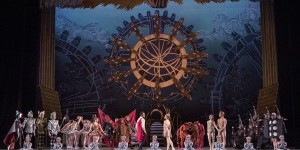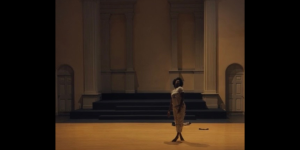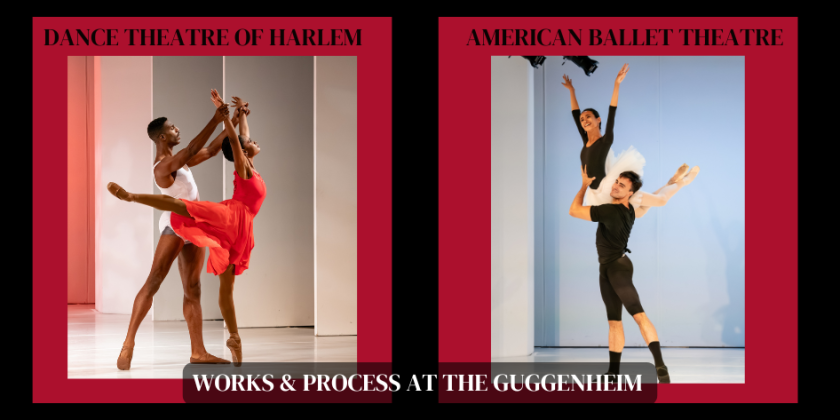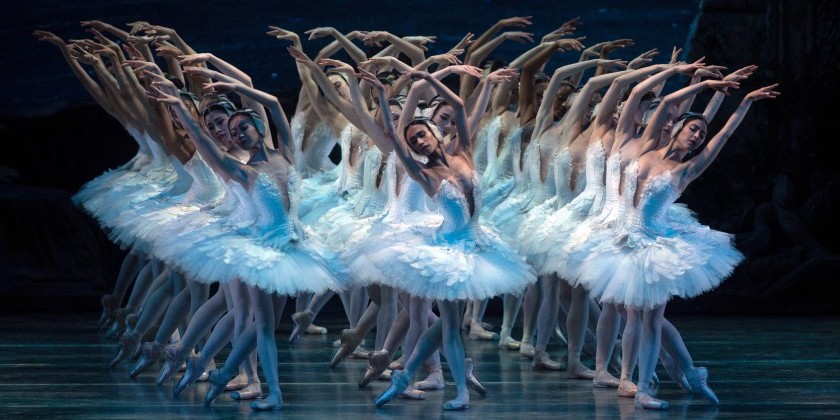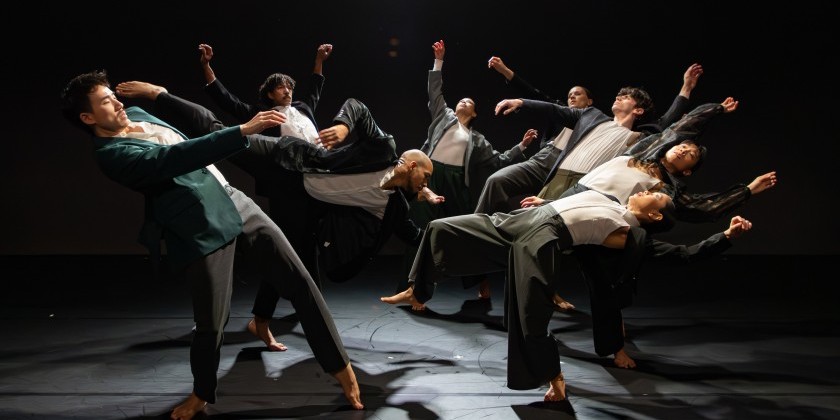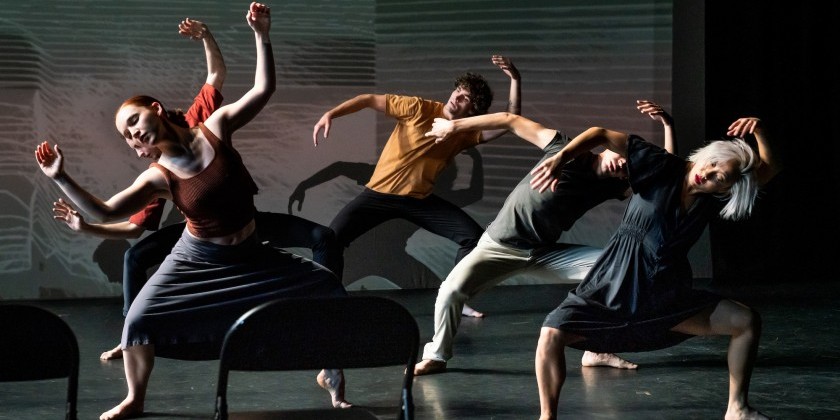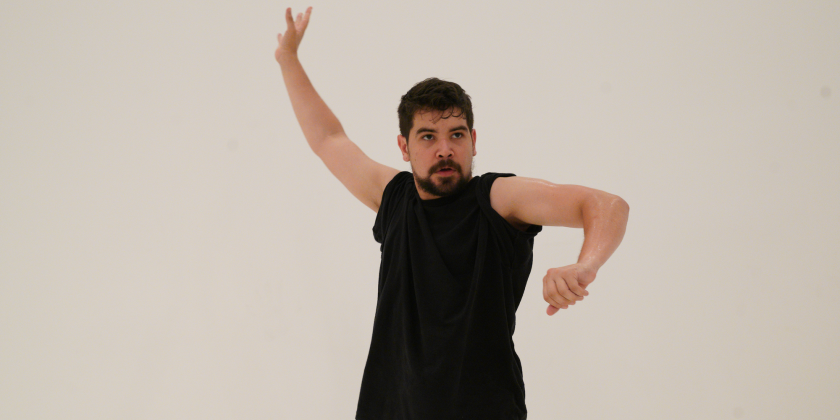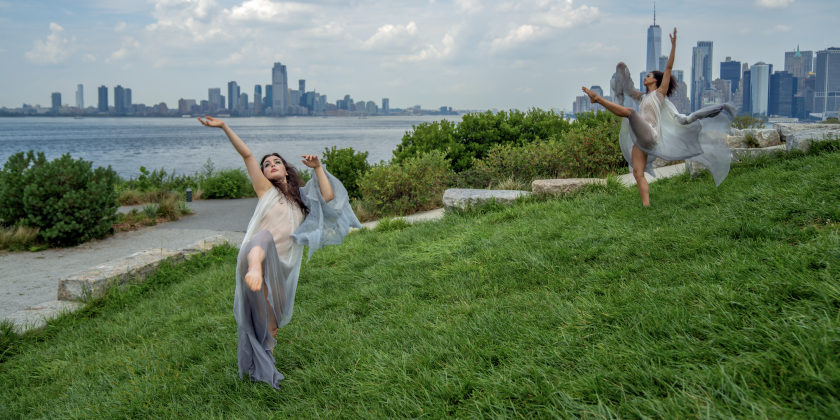Impressions of Gemma Bond Dance at Danspace Project
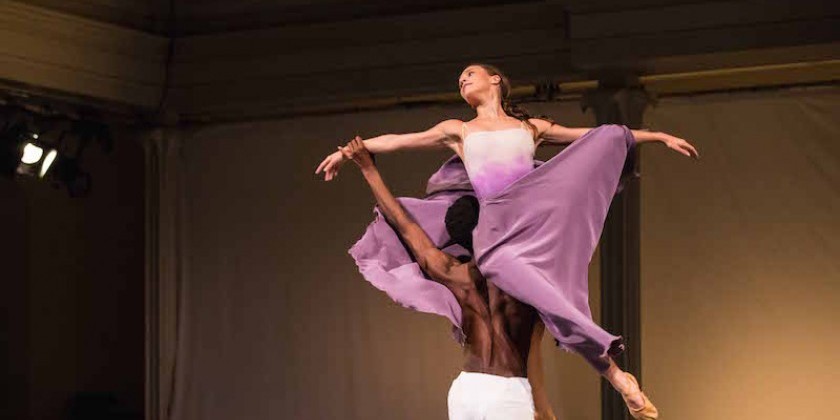
Harvest: Being, Manner, Depuis le Jour, Then and Again
Choreography by Gemma Bond
Performed by Zhong-Jing Fang, Thomas Forster, Steven Melendez, Lauren Post, Calvin Royal III, José Sebastian, Christine Shevchenko, Devon Teuscher, Katherine Williams, Stephanie Williams
Music by Karen LeFrak, Franz Liszt, Gustave Chapentier, Alfredo Piatti
Lighting by Serena Wong
Have you caught wind of the gender issue among dance makers? In ballet, the problem is acute. There are few female choreographers, and the ones who do exist are often relegated to the periphery.
Whether you agree or disagree that an art form should support and promote a variety of voices in service of it moving forward, here’s the reality for the first week of February 2016. Wunderkind Justin Peck premiered The Most Incredible Thing at New York City Ballet, where he’s the resident choreographer. This ballet, a collaboration between Peck and big-name artists Marcel Dzama (costumes) and Bryce Dessner (music) received a lion’s share of coverage in mainstream publications. Approximately fifty blocks south and half dozen or so to the east, choreographer Gemma Bond (she also dances with American Ballet Theatre) showcased four short ballets as part of Danspace Project’s Community ACCESS, which provides subsidized off-season rental opportunities. In other words, a prestigious, affluent company is backing Peck while Bond is acting as a resourceful entrepreneur.
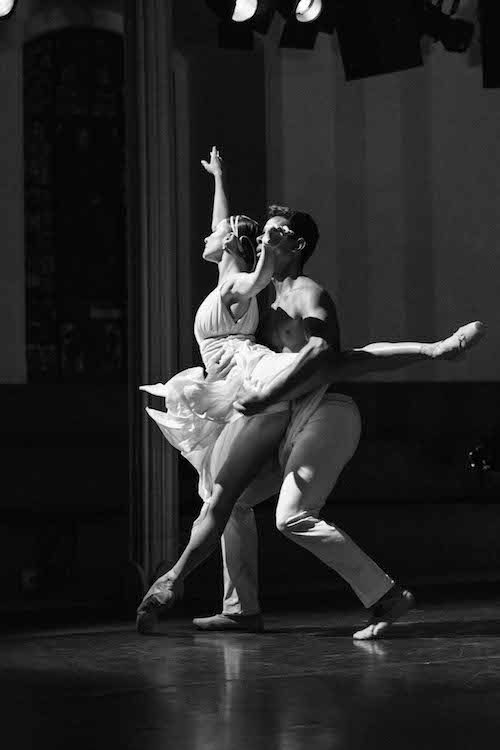
Unlike the hype surrounding The Most Incredible Thing with its fantastical costumes and sets, Bond’s Harvest is quieter, gentler, stripped down. Four softly hued portraits of ballet academicism comprise the show: Being (a solo), Manner (a quartet), Depuis Le Jour (a duet), and Then and Again (an octet). Each piece seems designed to exist independently, but the evening unfurls as a meditation on beauty and sensitivity.
Bond presents a clear aesthetic — pretty. Everything has been judiciously selected to bring pleasure to the eye and to the ear. The men sport bare chests, and the women swirl in gauzy skirts. The music is easy-to-digest classical: whirly piano, tender cello, a sumptuous aria.
The movement leans toward the crystalline. Light, crisp steps — bourrées, echappés, chaînés — flicker like the wings of a hummingbird. This glittering quality is mellowed by a fluid, arcing spine and the occasional sweeping turn where the extended leg traces a circle like a compass. It’s Marius Petipa meets Isadora Duncan.
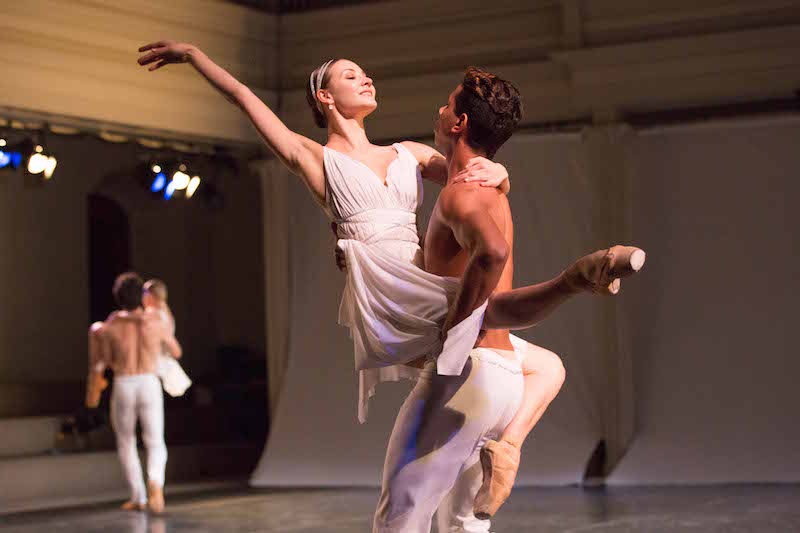
Bond’s intuitive choreography sits better on the women, which can be attributed to her use of verticality. Plush pliés and graceful kneels explore the space from neutral to floor. The best use of elevation comes when the men swoop the women into lifts that arch like a bell curve. While the male dancers add sinewy edges to the dainty actions, Bond packs their choreography with virtuosic leaps (coupé jetés and saut de basques) that puncture the mellifluous subtlety.
When does an artistic fixation become a tic? In Harvest, dancers cruise along horizontal pathways too many times, and much of the choreography is in unison. Profile looks to be a preoccupation; like artist’s models, the performers often pose in silhouette. It’s too soon to say how reflexive these choices are, but some variety in pathways and facings would enliven the pellucid movement.
The performers — ten svelte young things from American Ballet Theatre and New York Theatre Ballet — execute Bond’s choreography with consideration and precision. Their technique sings, and it’s a treat to watch them in an intimate environment. Calvin Royal III and Christine Shevchenko stand out with their velvety, visceral performances. The others, perhaps unused to the chamber setting of St. Mark’s Church, sporadically exaggerate facial expressions and register discernible displeasure when a pirouette or jump wobbles.
It’s been said that pretty is as pretty does. Here, pretty does pretty well. Bond’s perspective could register as old-fashioned, but in a world where novelty for novelty’s sake can dominate, beauty for beauty’s sake feels rebellious. Now will this earnest female choreographer receive the same opportunities afforded to so many of her male colleagues?
Share Your Audience Review. Your Words Are Valuable to Dance.
Are you going to see this show, or have you seen it? Share "your" review here on The Dance Enthusiast. Your words are valuable. They help artists, educate audiences, and support the dance field in general. There is no need to be a professional critic. Just click through to our Audience Review Section and you will have the option to write free-form, or answer our helpful Enthusiast Review Questionnaire, or if you feel creative, even write a haiku review. So join the conversation.




